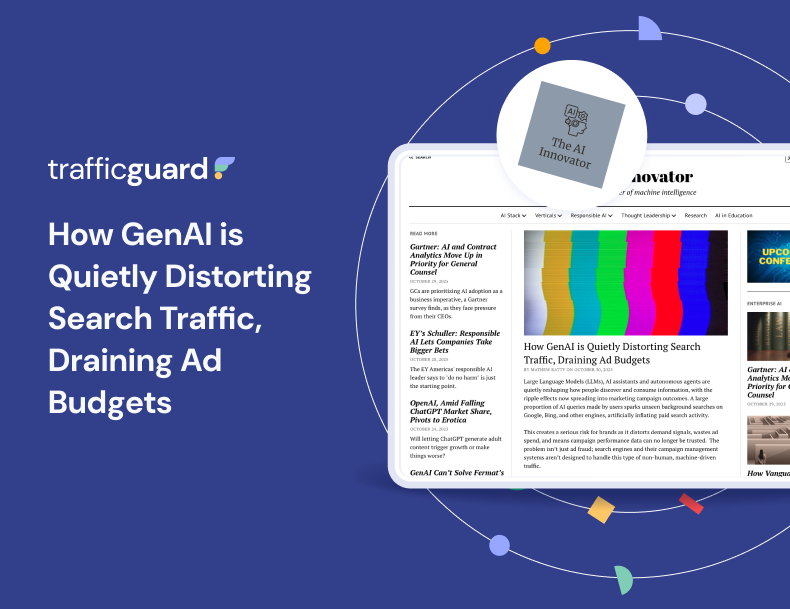Forbes ‘mistakenly’ ran MFA site for years
.webp)
The MFA site featured ads from global brands while all major holding companies were found to have purchased ad space on the now-disgraced platform.
Forbes has been under scrutiny for operating a made-for-advertising (MFA) website, which was recently shut down following inquiries.
This MFA site, distinct from Forbes.com, featured reformatted articles into slideshows and listicles, significantly increasing ad exposure, as reported by Wall Street Journal. Ad buyers have raised concerns that the ads on this MFA site did not deliver the value promised, as they reached a different audience and were placed on pages crowded with ads.
The MFA site, promoted through content-recommendation companies, was not directly accessible via Forbes.com or search engines. Brands, under the impression their ads would appear on Forbes.com, found their ads instead on this MFA site, leading to questions about the integrity of ad placements and the audiences reached.
According to Adalytics, advertisements from notable brands such as McDonald’s, Disney, Microsoft, JPMorgan Chase, American Express, New York Times, and Wall Street Journal were displayed on an alternate Forbes website. All six holding companies like WPP, Omnicom, Publicis, Interpublic, Havas, and Dentsu also purchased ad space on this platform. Plus, the MFA site ran from 2017 to 2021 before it was discovered.
Forbes attributed the issue to an error by Media.net, the adtech company managing its ad-bidding software, which mistakenly informed advertisers they were bidding for ad slots on Forbes.com. Media.net acknowledged the error, stating it had been corrected before the site's shutdown.
Chadwick Kinlay, chief marketing officer at TrafficGuard, tells Campaign that this recent incident underscores the need for transparency and accountability in the digital advertising ecosystem. Kinlay notes that this issue extends beyond mere financial losses, and it also undermines the effectiveness of campaigns and the significant waste of adspend on false impressions that fail to reach genuine audiences.
“MFA sites often lack editorial integrity and can lead to a mismatch between the brand’s image and the content surrounding its ads,” explains Kinlay.
“More alarmingly, this mismatch also diminishes the effectiveness of the campaigns and exposes brands to the risk of associating with low-quality content and reaching audiences that do not match with their target demographic. Hence, it’s imperative for all stakeholders to remain vigilant in their media buying strategies to avoid such pitfalls and ensure to prioritise transparency and take decisive action to combat ad fraud."
Campaign previously reported that MFA websites have been allowed to exist for years within the digital ecosystem and have contributed to the disruption of user experience, devaluing content, and creating security vulnerabilities.
Bad actors create MFA websites with the singular aim of diverting ad spending from bona fide publishers. They often feature low-quality content, which can include fake news, conspiracy theories, or dubious links.
MFA websites employ strategies like pop-up ads, autoplay videos, and intrusive ad placements to maximise earnings for the site owner. MFA sites also make up 15% of ad spend according to the Association for National Advertisers (ANA) in the US.
Read more 👉 here.
Get started - it's free
You can set up a TrafficGuard account in minutes, so we’ll be protecting your campaigns before you can say ‘sky-high ROI’.
At TrafficGuard, we’re committed to providing full visibility, real-time protection, and control over every click before it costs you. Our team of experts leads the way in ad fraud prevention, offering in-depth insights and innovative solutions to ensure your advertising spend delivers genuine value. We’re dedicated to helping you optimise ad performance, safeguard your ROI, and navigate the complexities of the digital advertising landscape.
Subscribe
Subscribe now to get all the latest news and insights on digital advertising, machine learning and ad fraud.







